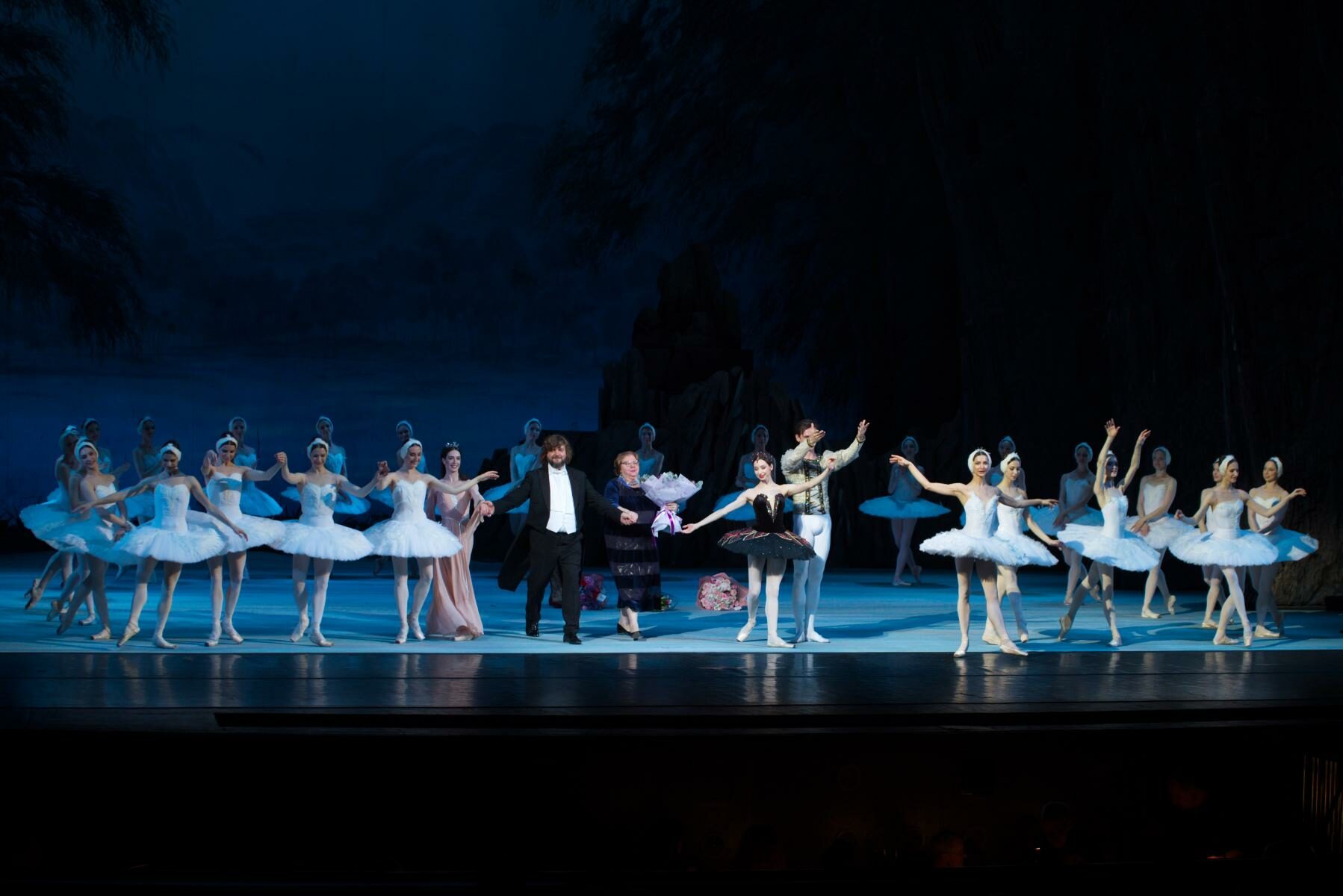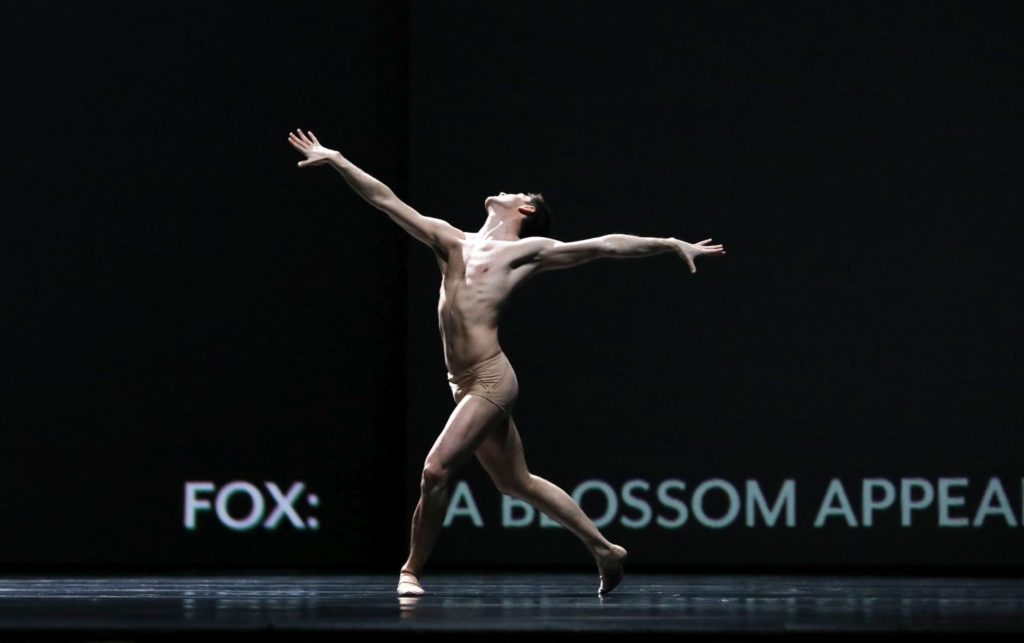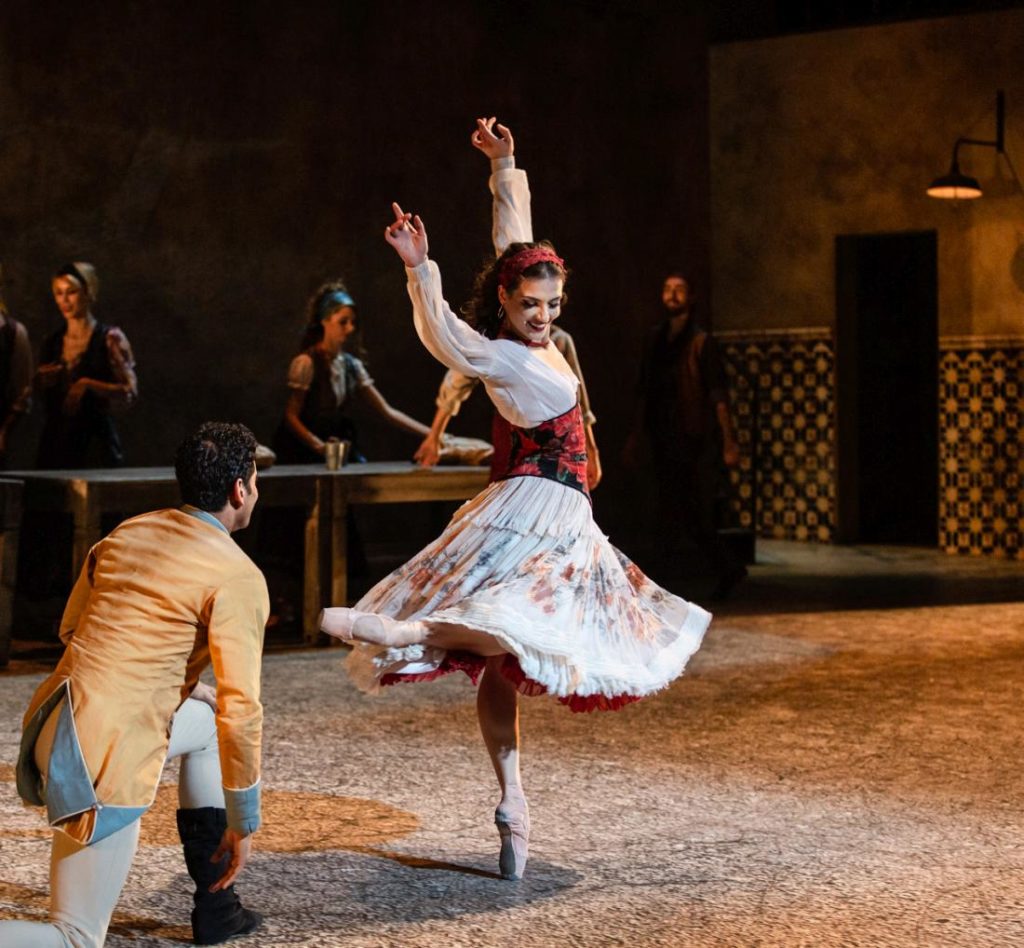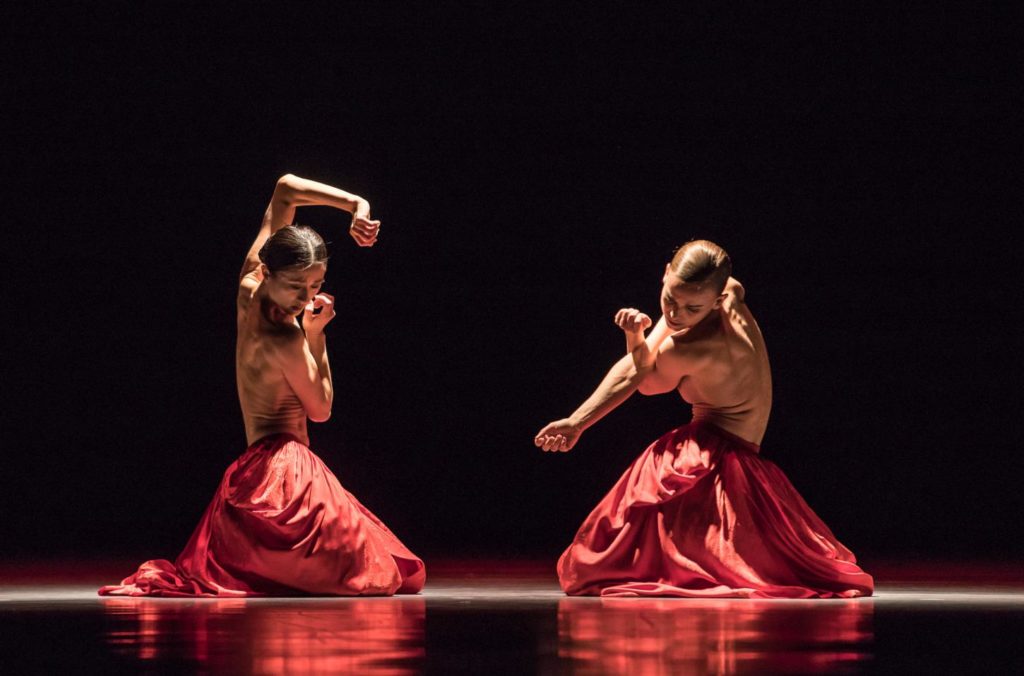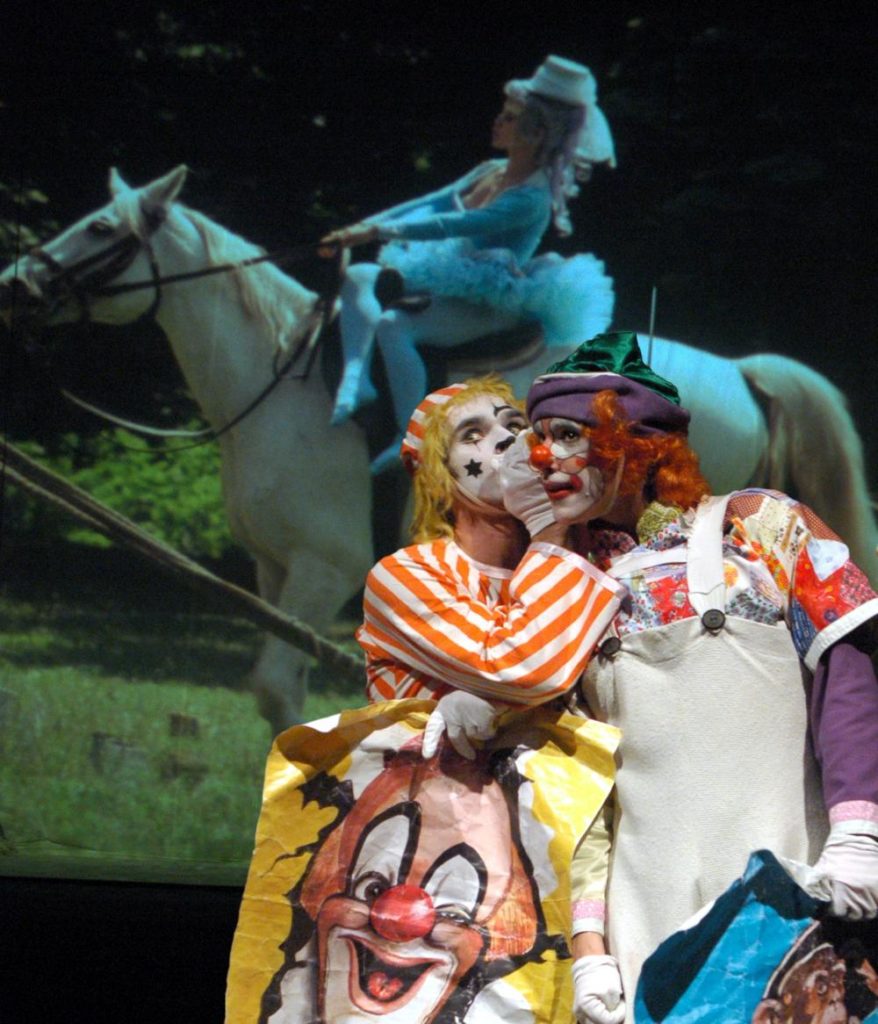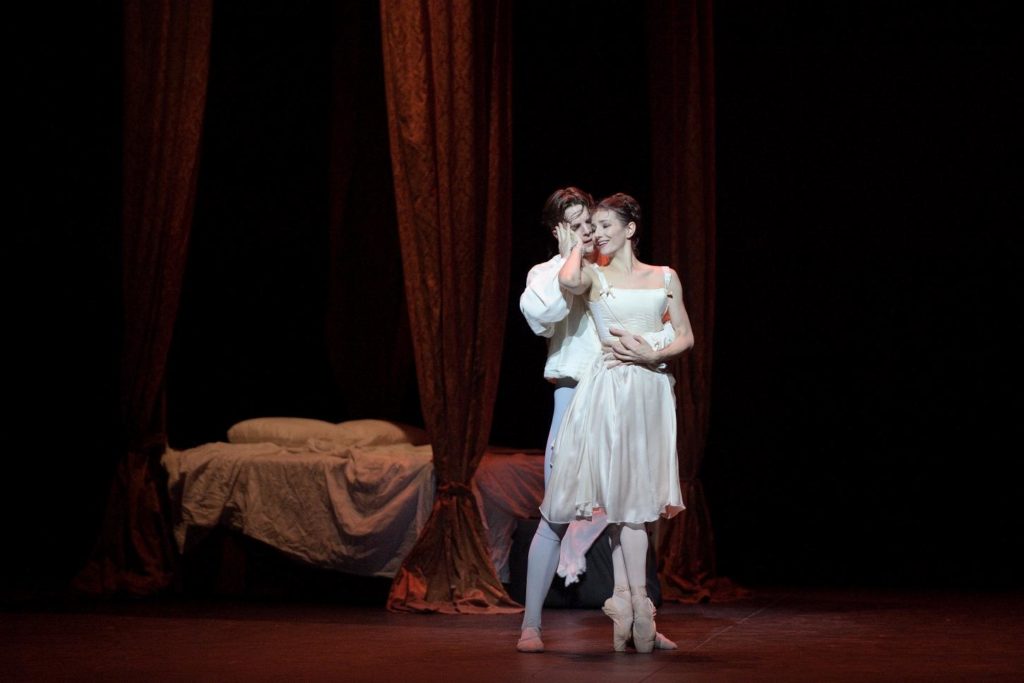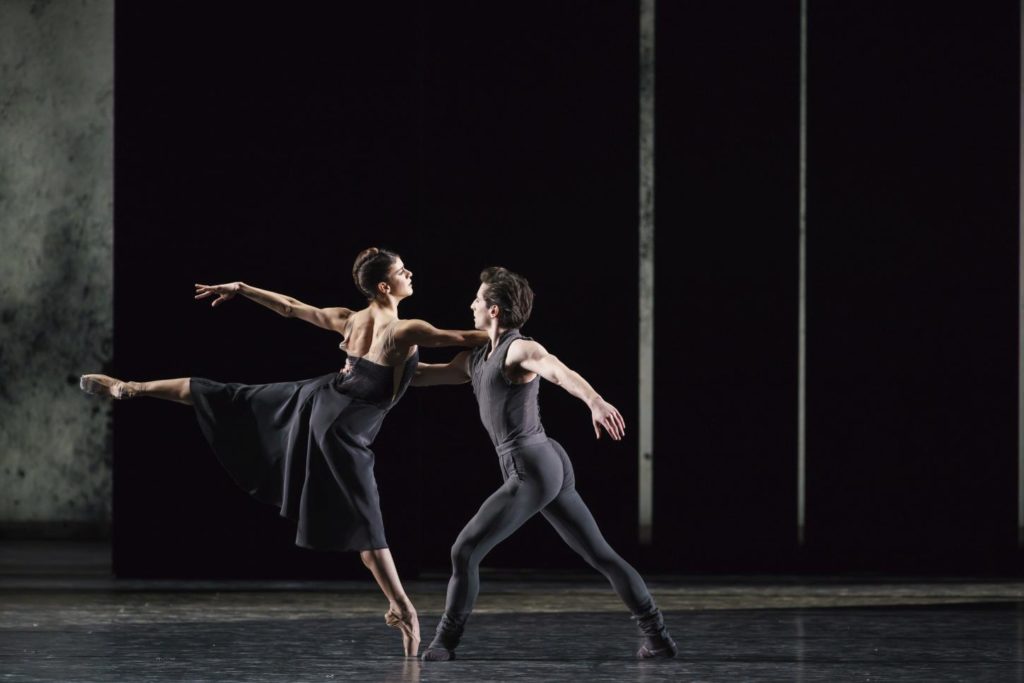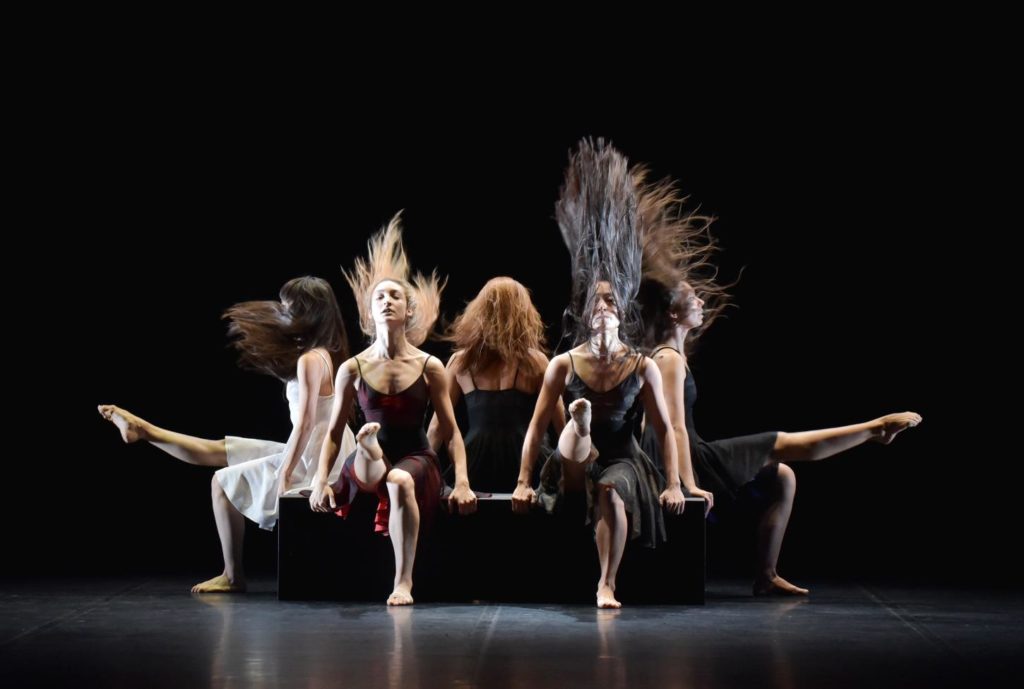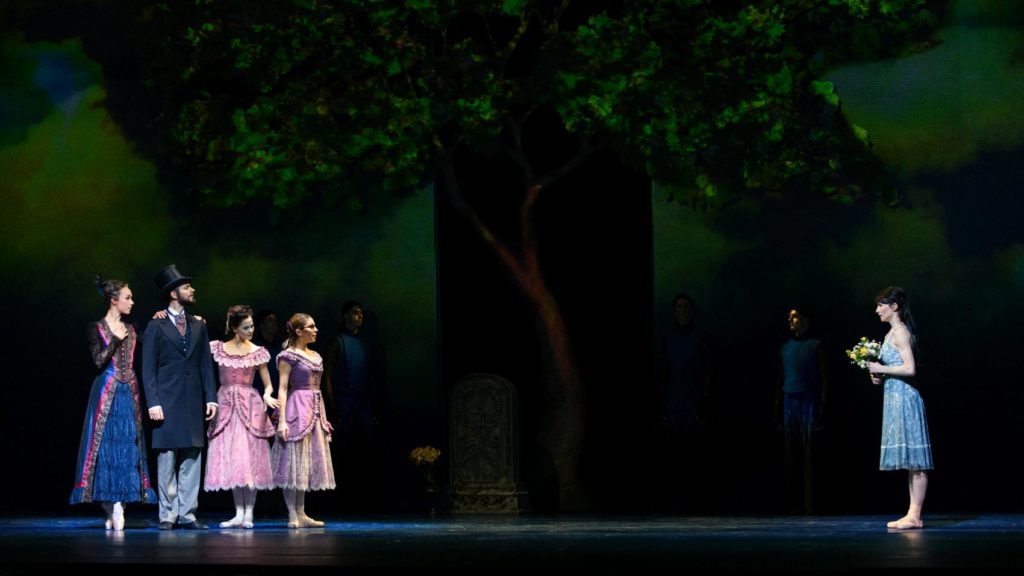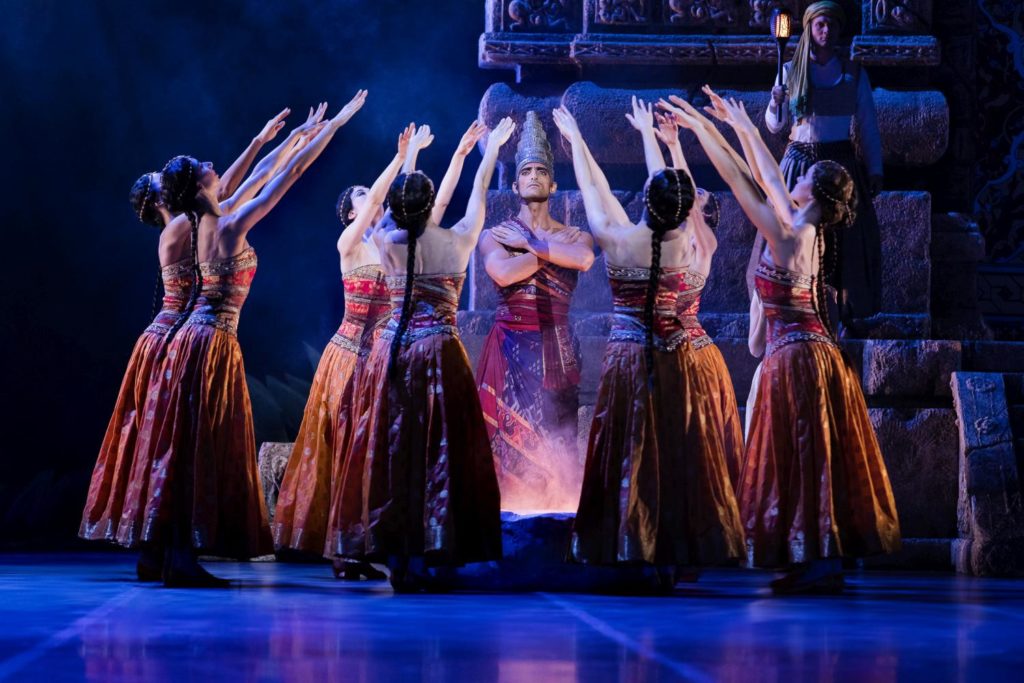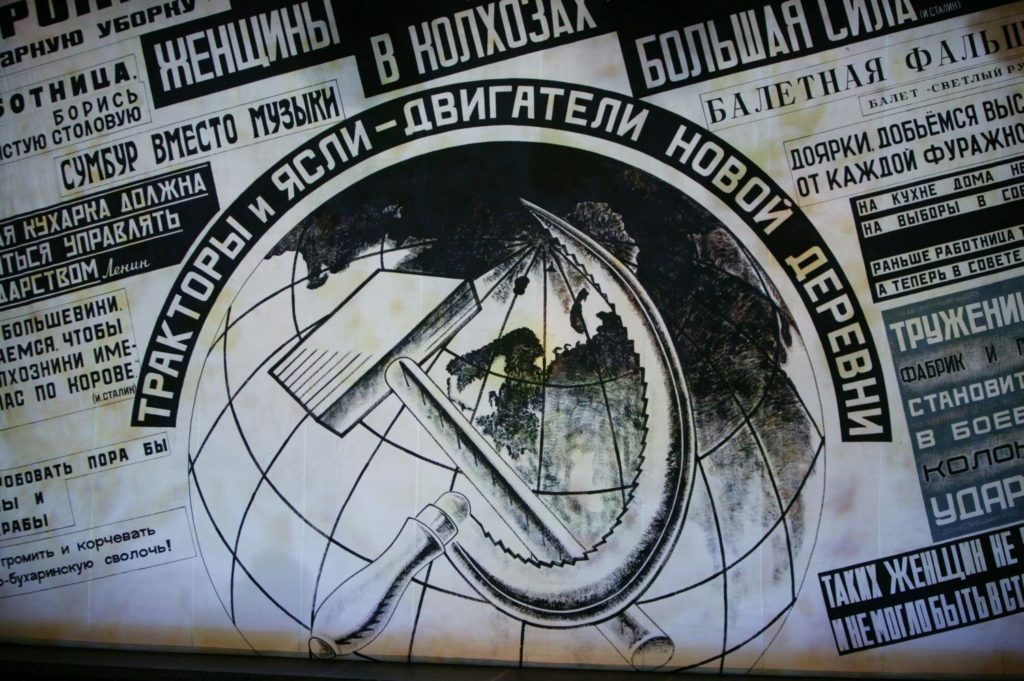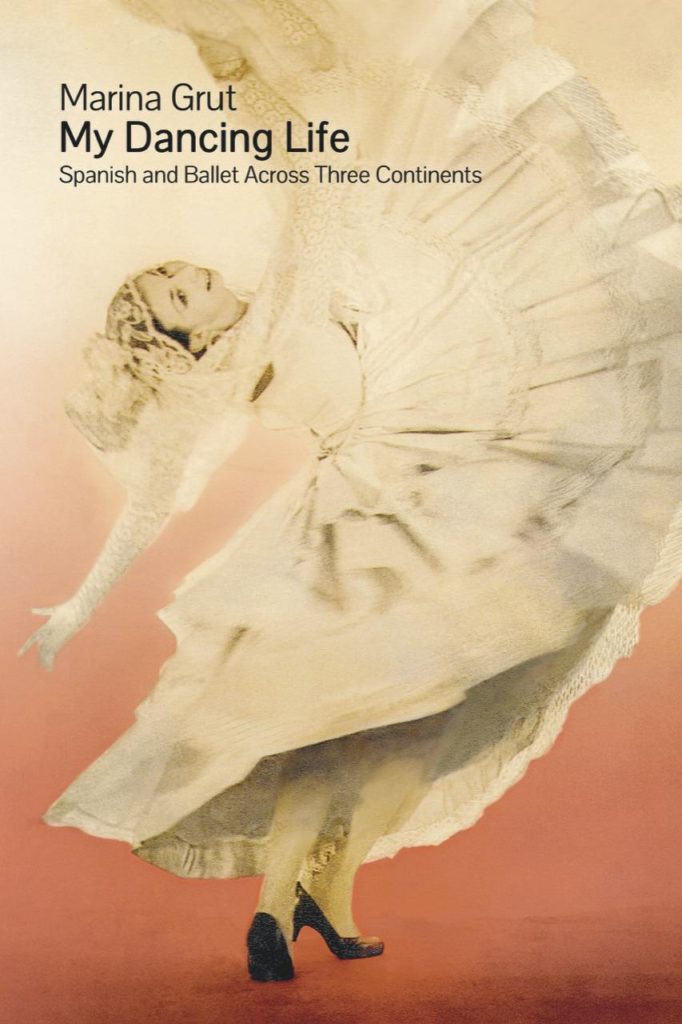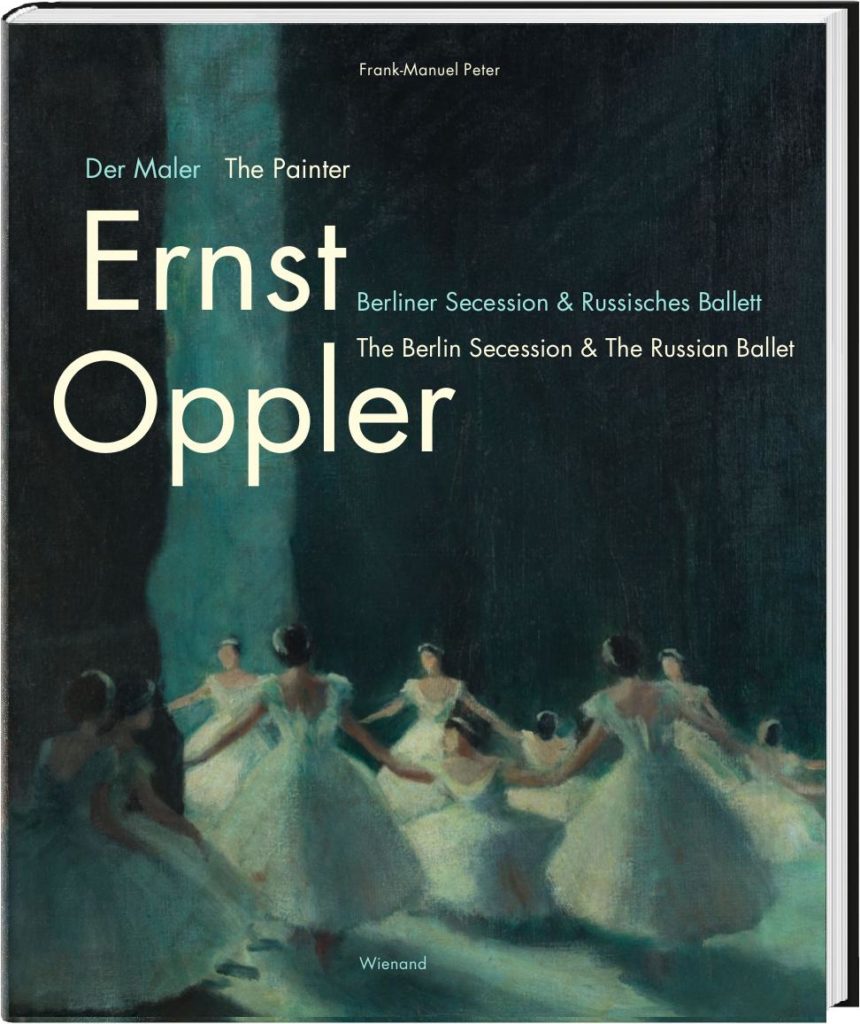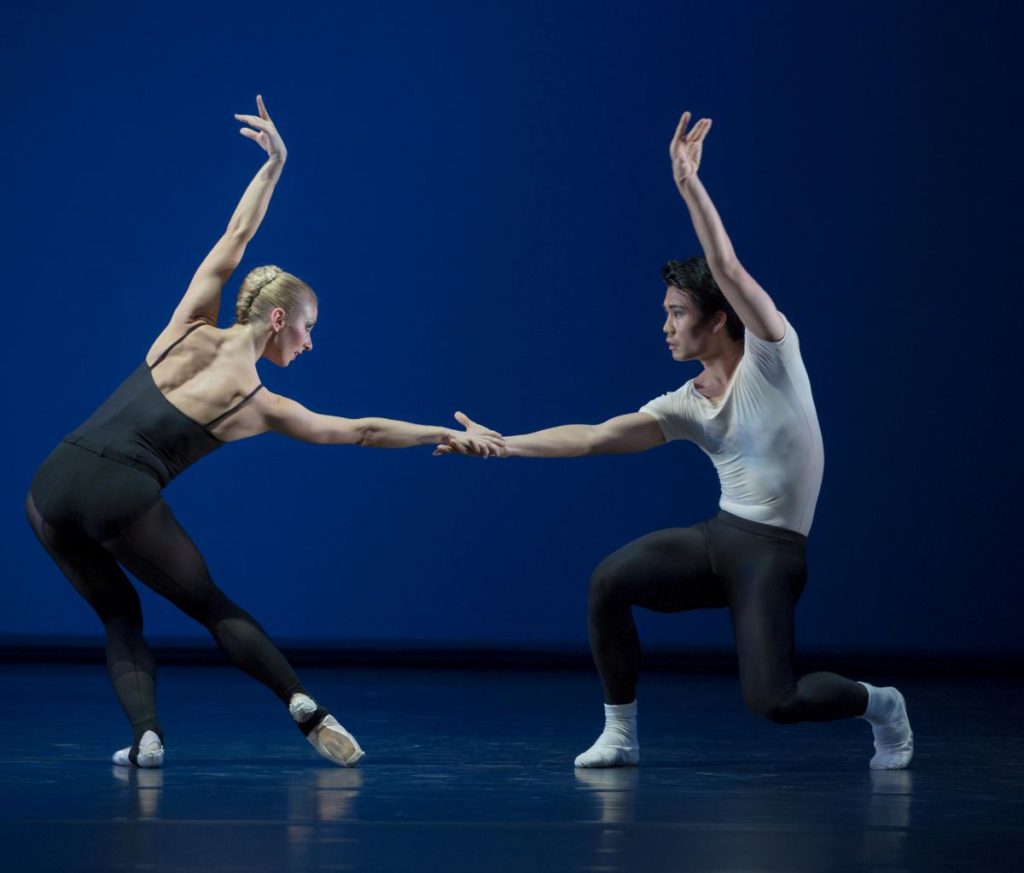Second International Ballet Conference at Dutch National Ballet
“Positioning Ballet 2019”
Dutch National Ballet
Dutch National Opera & Ballet
Amsterdam, The Netherlands
February 16/17, 2019
by Ilona Landgraf
Copyright © 2019 by Ilona Landgraf
 This February, the Dutch National Ballet welcomed international dance professionals for a two-day working meeting at the second “Positioning Ballet” conference. In 2017, at the first iteration of the event, the key topics were heritage, diversity, and identity. The 2019 meeting dealt with the relevance of ballet in the 21st century, the work culture ballet aims to embody, and the types of leadership required from artistic directors. Unlike in 2017, this year’s conference was closed for the press on the first day. As such, I missed the two keynote speeches – one by Jennifer Homans, the author of “Apollo’s Angels”, and the other by Theresa Ruth Howard, the founder and curator of MoBBallet (Memoirs of Blacks in Ballet) – and the discussions that followed. Homans spoke about internal and external threats to the arts and ballet in particular, while Howard’s speech was titled “The Deconstruction of the Anatomy of Culture and Leadership in Ballet”. (more…)
This February, the Dutch National Ballet welcomed international dance professionals for a two-day working meeting at the second “Positioning Ballet” conference. In 2017, at the first iteration of the event, the key topics were heritage, diversity, and identity. The 2019 meeting dealt with the relevance of ballet in the 21st century, the work culture ballet aims to embody, and the types of leadership required from artistic directors. Unlike in 2017, this year’s conference was closed for the press on the first day. As such, I missed the two keynote speeches – one by Jennifer Homans, the author of “Apollo’s Angels”, and the other by Theresa Ruth Howard, the founder and curator of MoBBallet (Memoirs of Blacks in Ballet) – and the discussions that followed. Homans spoke about internal and external threats to the arts and ballet in particular, while Howard’s speech was titled “The Deconstruction of the Anatomy of Culture and Leadership in Ballet”. (more…)
